Hyperrealism: The Art of Exceeding Reality
In tandem with our re-OpenLab ‘Architextures’ music series hosted by Francesca, here we look Hyperrealism’s evolution from photorealism roots to today’s ultra-detailed masterpieces. Learn its history, leading artists, and why it continues to challenge the limits of perception.
Hyperrealism is a genre that doesn’t just imitate reality – it amplifies it. Emerging in the early 2000s as an evolution of photorealism, Hyperrealism magnifies detail, sharpens focus, and often introduces surreal or narrative twists that photography alone cannot capture. The result? Works that are at once breathtakingly realistic and subtly impossible – perfect skin textures, amplified reflections, and frozen moments so vivid they almost seem more real than life.
Where photorealism sought to mimic the camera’s lens, Hyperrealism seeks to surpass it, incorporating narrative depth, social commentary, and emotional resonance. It is the art of exceeding reality – not by abandoning truth, but by refining and reimagining it.
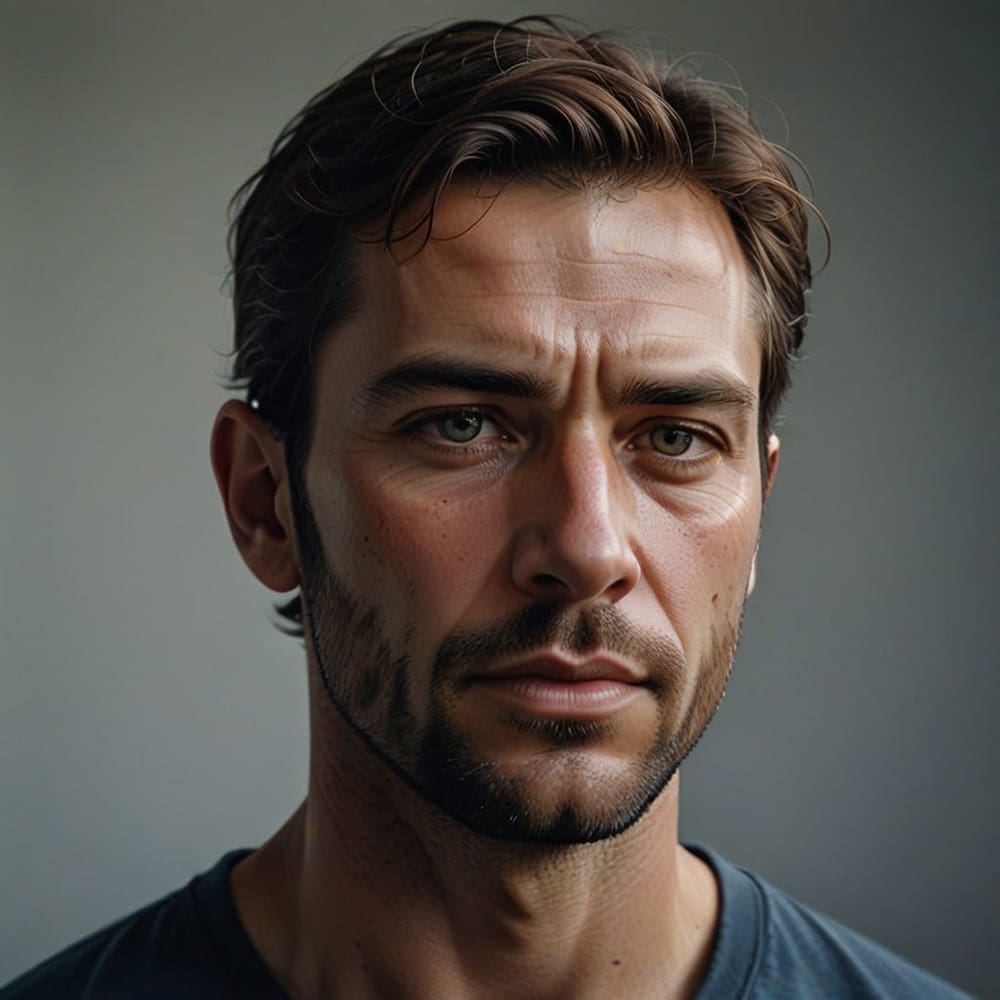
All of our content is free to access. An independent magazine nonetheless requires investment, so if you take value from this article or any others, please consider sharing, subscribing to our mailing list or donating if you can. Your support is always gratefully received and will never be forgotten. To buy us a metaphorical coffee or two, please click this link.
Table of Contents
*All book images suggest books that offer in-depth insights into the history, design philosophy, and impact of Feminist Art and all book images Open a New tab to our Bookshop.
**If you buy books linked to our site, we get 10% commission from Bookshop.org, whose fees support independent bookshops.
From Photorealism to Hyperrealism
Hyperrealism traces its roots back to the photorealist movement of the late 1960s and early 1970s. Photorealist painters such as Chuck Close, Richard Estes, and Audrey Flack worked from photographic references, producing works so detailed they could be mistaken for photographs. This was partly a reaction to the abstract expressionism and conceptualism of the mid-20th century – art that embraced representation when the avant-garde had turned away from it.
However, by the late 1990s, advancements in photography and digital imaging pushed artists to rethink the limits of representation. Cameras could now capture microscopic detail, and high-resolution imagery became widely accessible. The question for artists became: If the camera can show reality so clearly, what can painting (or sculpture) do that the camera cannot?
The answer was Hyperrealism – a genre that not only replicated the photographic image but also intensified it. Hyperrealists magnified details beyond what the eye or camera naturally perceives, subtly altering light, texture, and scale to create an uncanny sense of presence.
Defining Characteristics of Hyperrealism
Hyperrealism is not merely an upgrade to photorealism; it has distinct qualities that give it a separate identity:
- Heightened Detail: Surfaces are rendered with more clarity than in reality, highlighting pores, reflections, and textures.
- Narrative Layering: Works often include subtle symbolic elements or narrative cues, encouraging deeper engagement.
- Technical Mastery: Artists use airbrushing, layering, and blending techniques to achieve seamless gradients and hyper-fine detail.
- Expanded Mediums: While oil on canvas remains dominant, hyperrealistic sculpture, resin casting, and 3D printing are increasingly common.
- Emotive Precision: Beyond copying a subject, artists infuse emotion – quiet melancholy, nostalgia, or tension – into the hyper-precise scene.
The Early 2000s: Global Recognition
Hyperrealism emerged as a recognised label in the early 2000s when Belgian art dealer Isy Brachot curated exhibitions featuring artists like Bert Monroy, Denis Peterson, and Gottfried Helnwein. By this time, hyperrealistic painters and sculptors were gaining gallery and auction attention, and the genre was embraced internationally – from the U.S. to Europe, Asia, and Latin America.
Technology also played a role in expanding the movement’s reach. High-quality digital photography allowed artists to work from ultra-clear references, and social media platforms gave these intricate works a global audience.
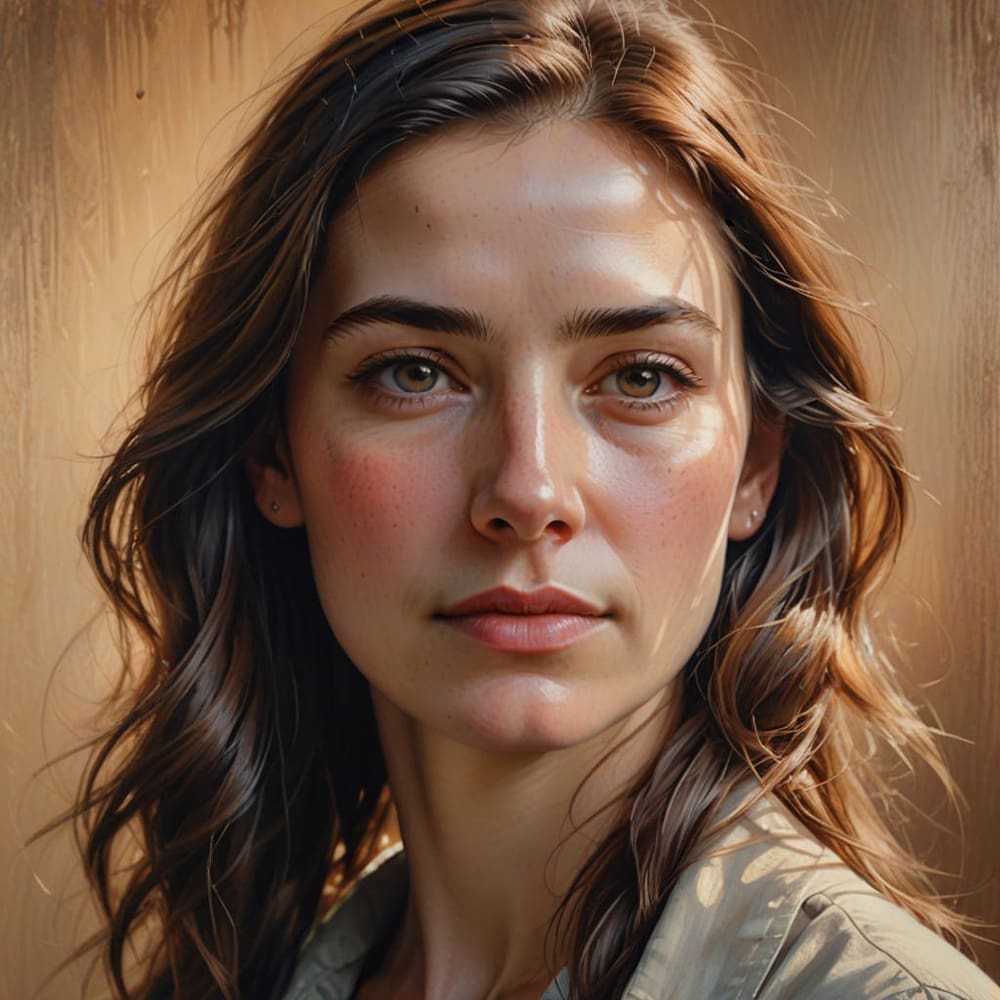
Three Iconic Examples of Hyperrealism
Chuck Close – Monumental Portraits
While Close is often labelled a photorealist, his later works push into hyperrealistic territory. Using grids and meticulous layering, Close painted enormous portraits where every pore, wrinkle, and hair follicle is rendered with uncanny fidelity. These works become immersive – viewers are not just looking at a person, but almost into them.
His process, often working from Polaroid photographs, demonstrates how hyperrealism can manipulate scale and perception. In a massive portrait, the sheer presence of detail becomes overwhelming, creating an experience the original photograph cannot replicate.
“It’s not about painting what a camera sees – it’s about painting what the mind remembers.”
Denis Peterson
Ron Mueck – Hyperrealistic Sculpture
Australian sculptor Ron Mueck creates three-dimensional human figures that oscillate between perfect realism and unsettling scale manipulation. His works are often larger or smaller than life-size, intensifying the viewer’s engagement. Every skin pore, vein, and hair is meticulously crafted, often using silicone and mixed media.
A piece like Dead Dad (1997) is rendered at two-thirds life-size, amplifying the vulnerability of the subject. By altering scale, Mueck transforms the hyperreal from mere mimicry into an emotionally charged encounter.

Roberto Bernardi – Luminous Still Lifes
Italian painter Roberto Bernardi is known for hyperrealistic still lifes, particularly of glassware, candy, and reflective surfaces. His works are an exercise in precision, where light refracts through crystal bowls or glistens off hard candies in ways more vibrant than any photograph could capture.
These paintings invite viewers into a heightened sensory experience – the glass feels more translucent, the sugar more tactile, and the colours more saturated than in reality. Bernardi shows that hyperrealism is not only about human figures but also about elevating everyday objects into dazzling spectacles.
Hyperrealism Today: A Digital and Global Phenomenon
In the 2020s, Hyperrealism is thriving in both traditional and digital forms. Painters like Leng Jun in China push detail to microscopic extremes, while 3D artists and digital painters create hyperreal images for virtual spaces. Instagram and TikTok have become powerful showcases, where viewers marvel at time-lapse videos of painstaking brushwork or sculpture casting.
There’s also a notable convergence between hyperrealism and commercial art – luxury brands, advertising agencies, and film studios frequently commission hyperrealistic artists for campaigns that demand precision and visual impact.
The genre’s relevance also extends to cultural commentary. Hyperrealism’s intense fidelity often leads viewers to question reality itself – an especially poignant theme in the age of AI-generated imagery, deepfakes, and virtual reality.
“My work is about convincing the eye, but also unsettling it.”
Ron Mueck
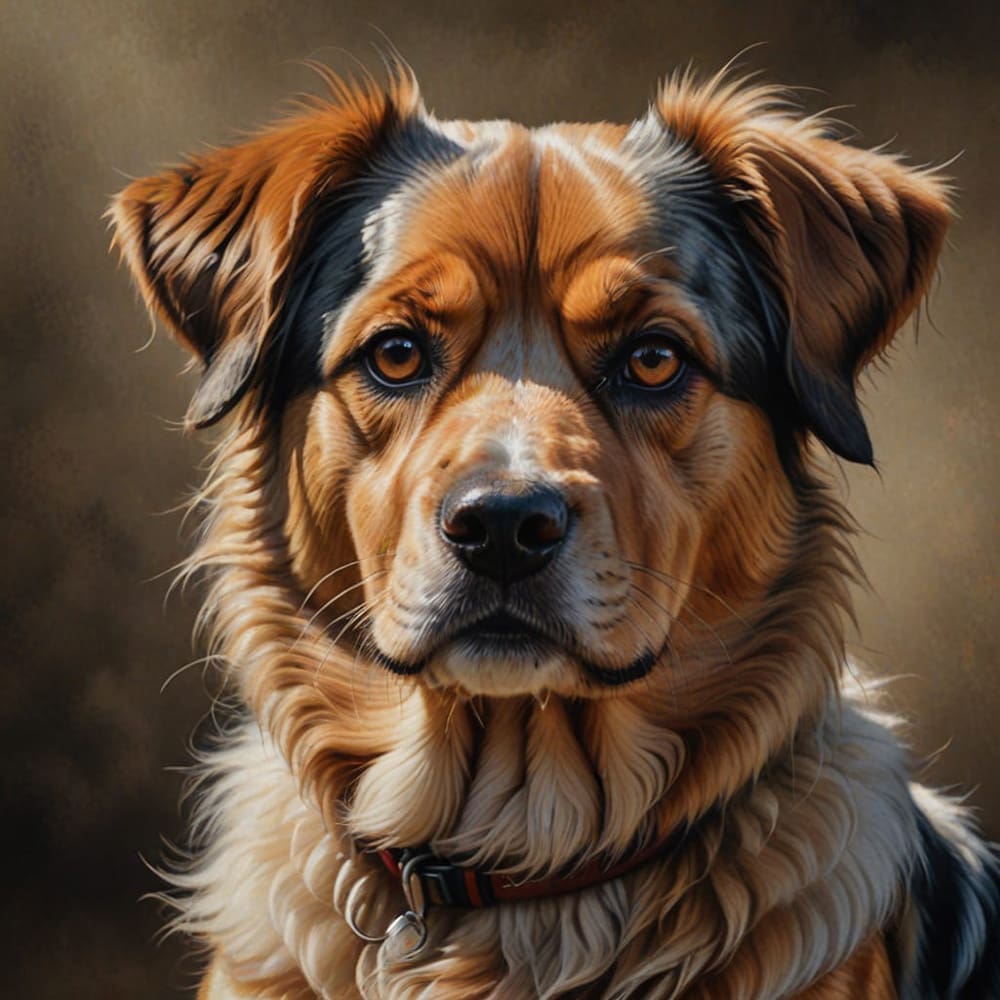
Cultural Impact and Critique
Hyperrealism’s critics sometimes dismiss it as “too perfect,” arguing that technical skill overshadows emotional depth. However, its defenders see this precision as a vehicle for deeper storytelling. By revealing what the naked eye misses, Hyperrealism invites meditative attention, slowing the viewer’s gaze in a culture of fast scrolling and visual overload.
Moreover, Hyperrealism’s heightened reality often evokes the uncanny – forcing viewers to confront the tension between reality and representation. This psychological impact distinguishes it from mere imitation.
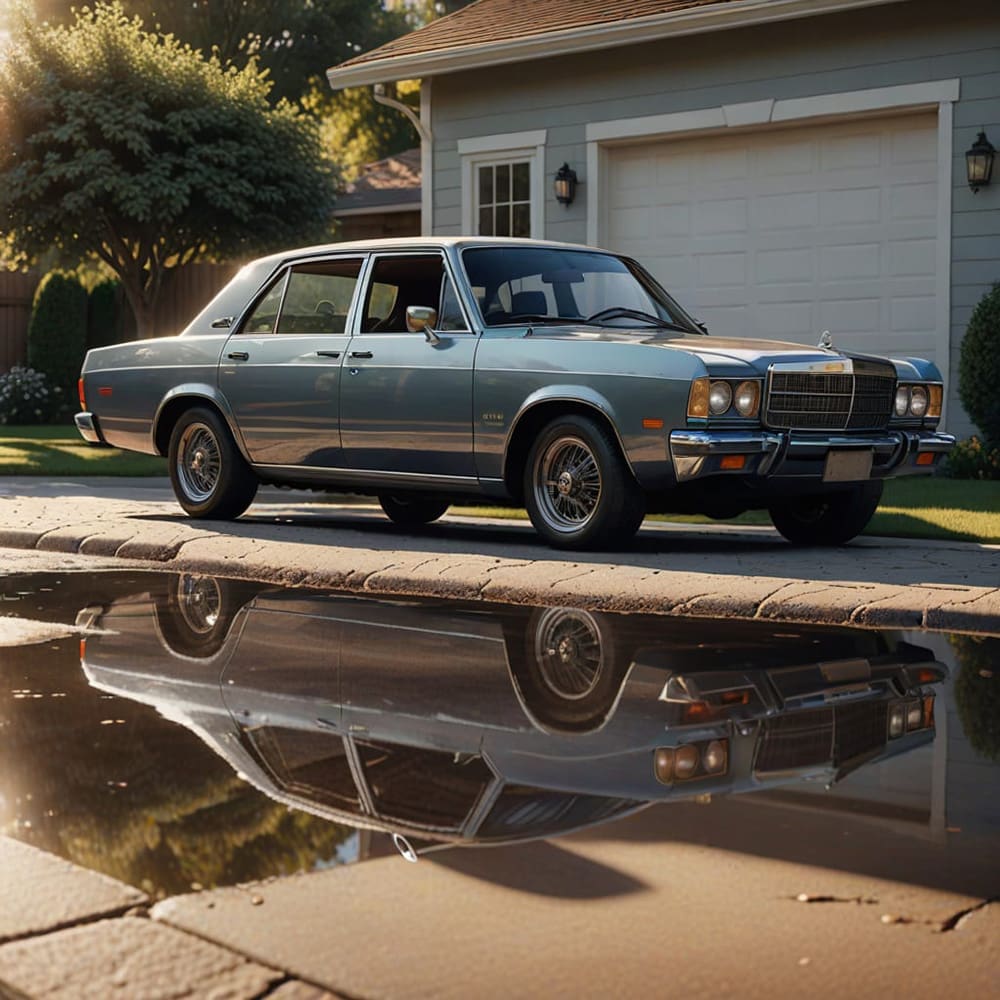
The Future of Hyperrealism
From its photorealist roots to its contemporary global presence, Hyperrealism has evolved into a genre that exceeds the limits of visual truth. By combining technical mastery with narrative intent, hyperrealistic artists create works that challenge perception, stir emotion, and reflect the complex relationship between humans and images.
In an era where reality itself is increasingly mediated by screens, Hyperrealism stands as both a celebration of detail and a subtle critique of visual culture. Its future likely lies in hybrid forms – combining traditional skill with digital innovation – to continue pushing the boundaries of what it means to truly “see.”
“If I only copied reality, I would be doing photography’s job. My job is to make it more.”
Leng Jun
Browse 1000’s of Books in Our PromisesBooks Bookshop
Discover more from PEN vs SWORD
Subscribe to get the latest posts sent to your email.


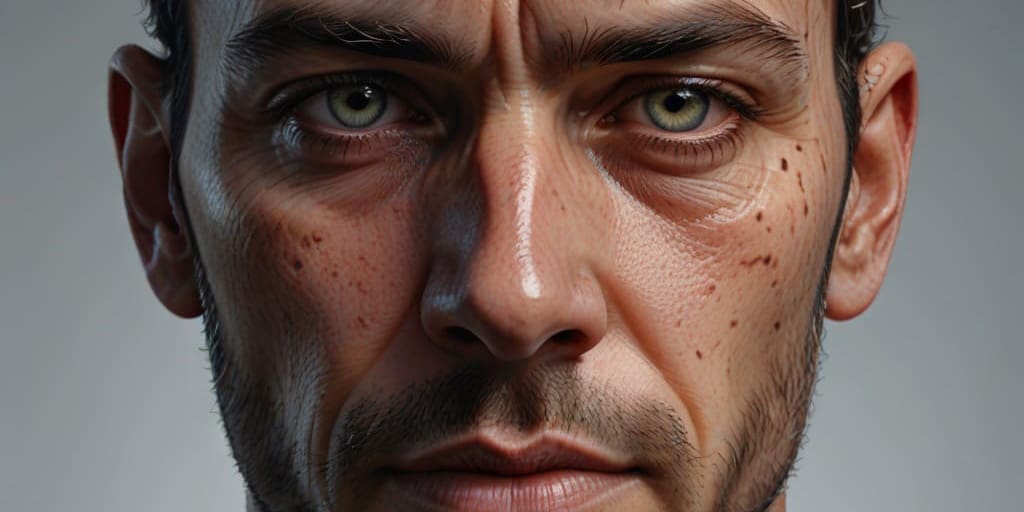
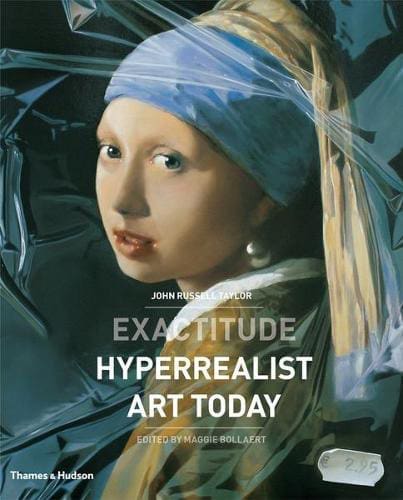
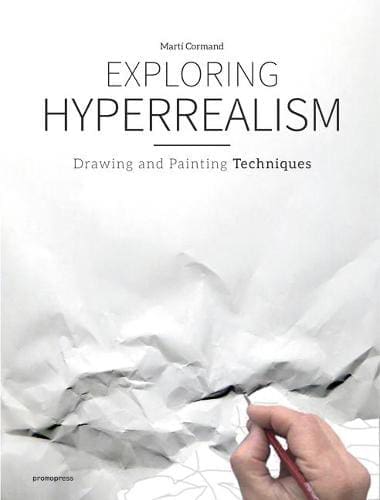
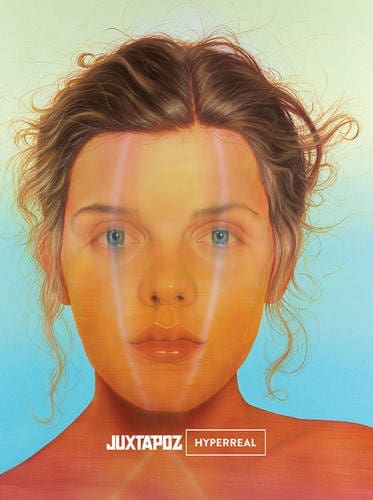


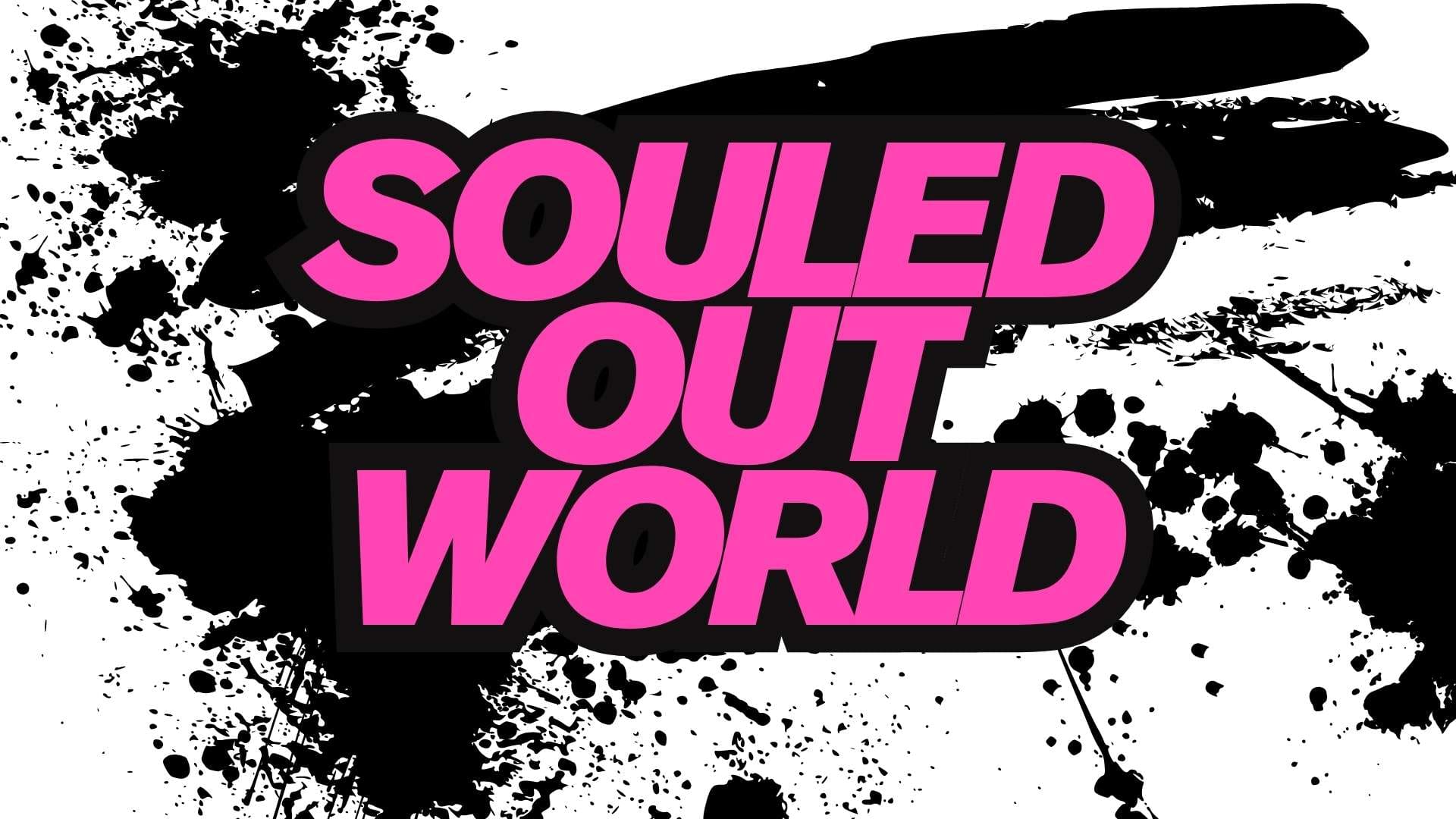

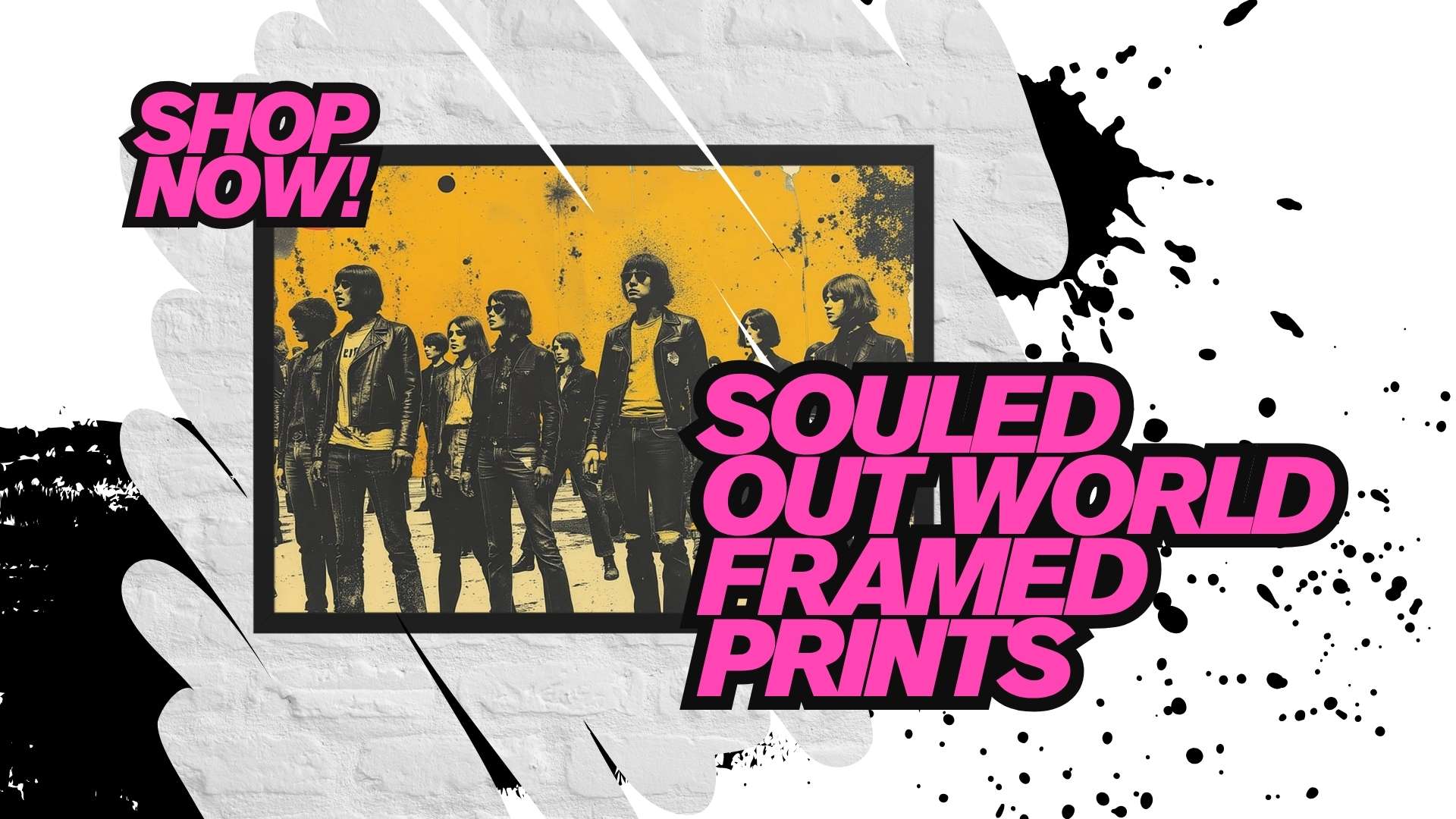


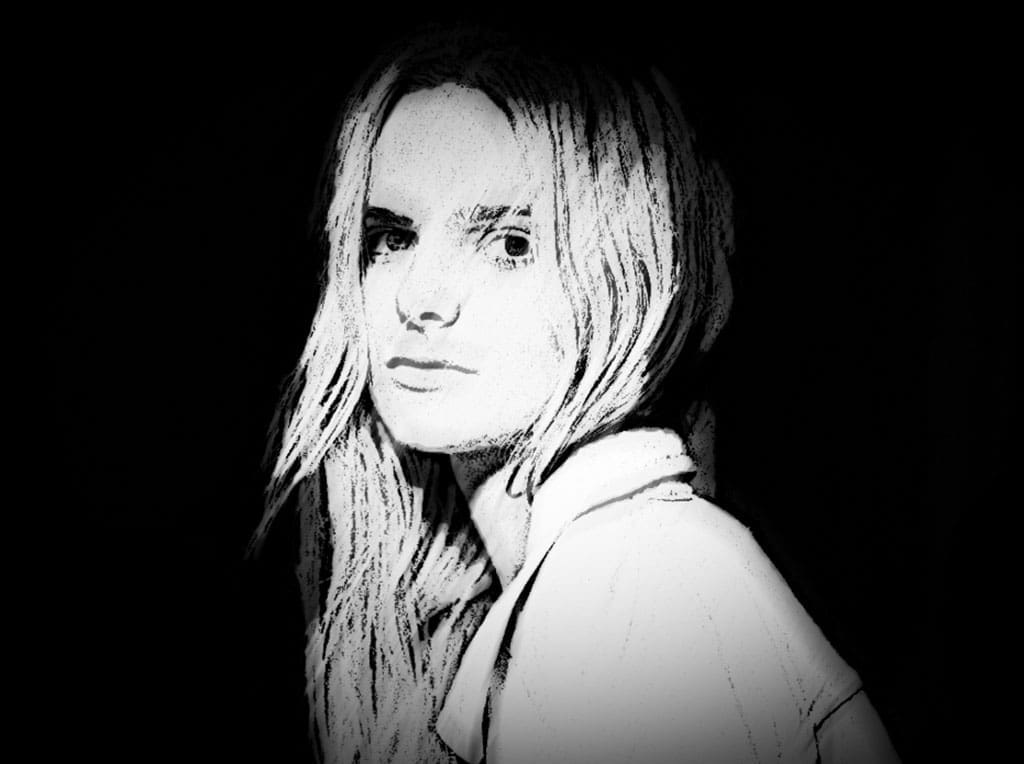
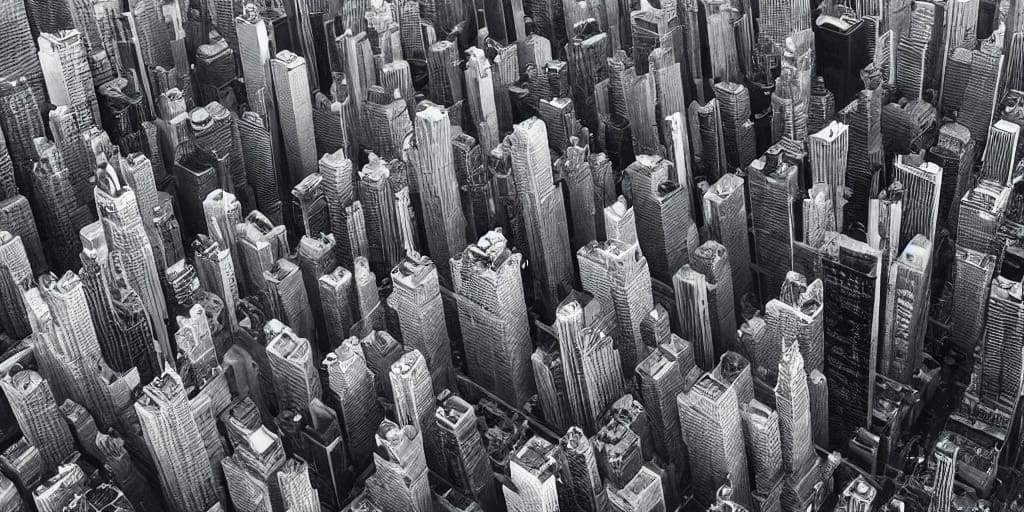
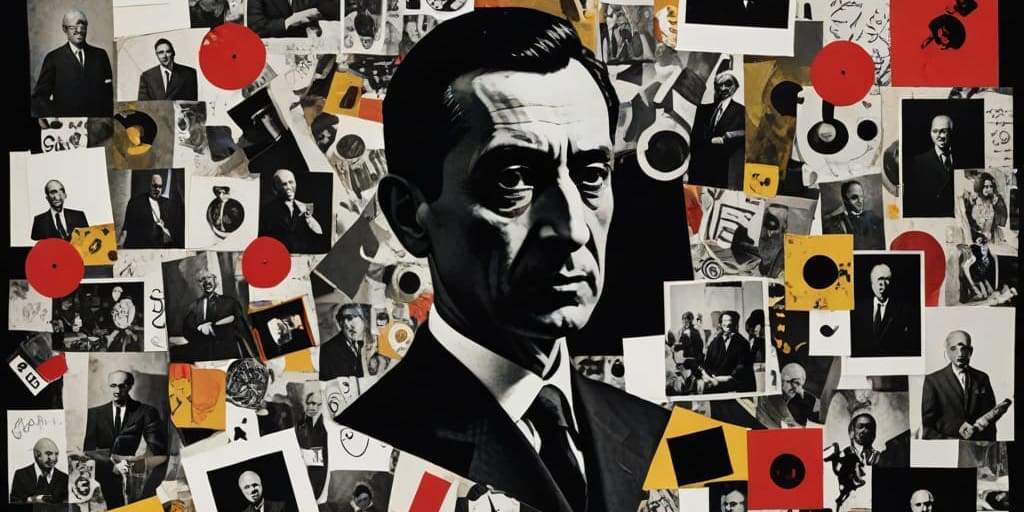

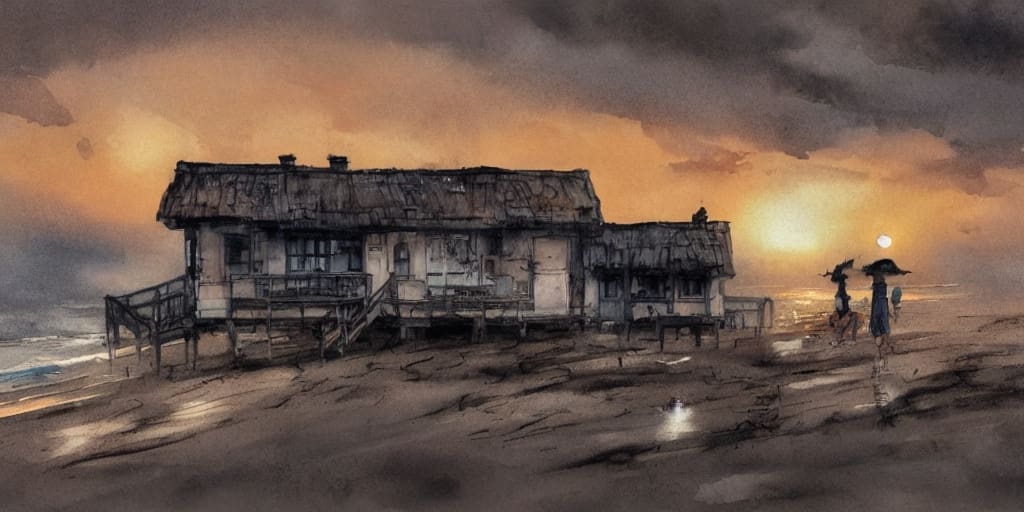

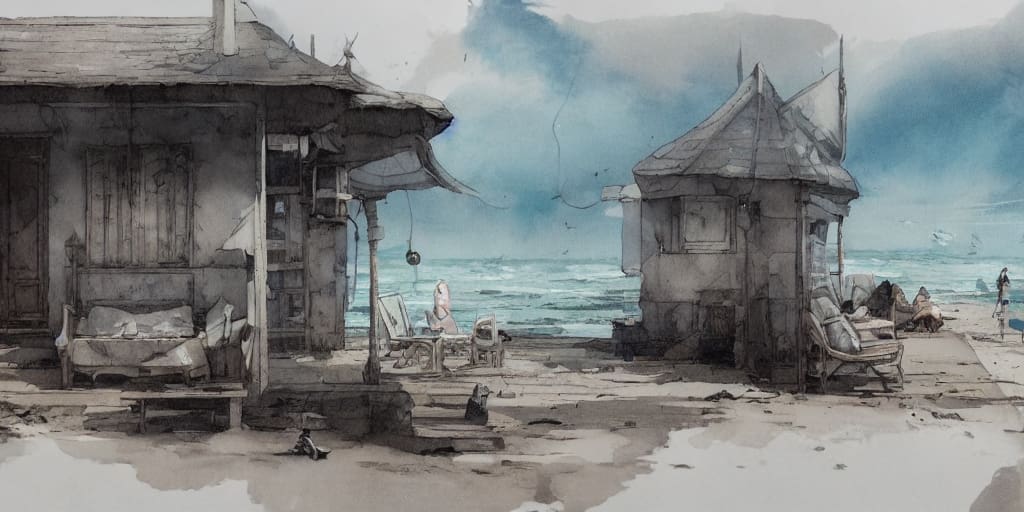
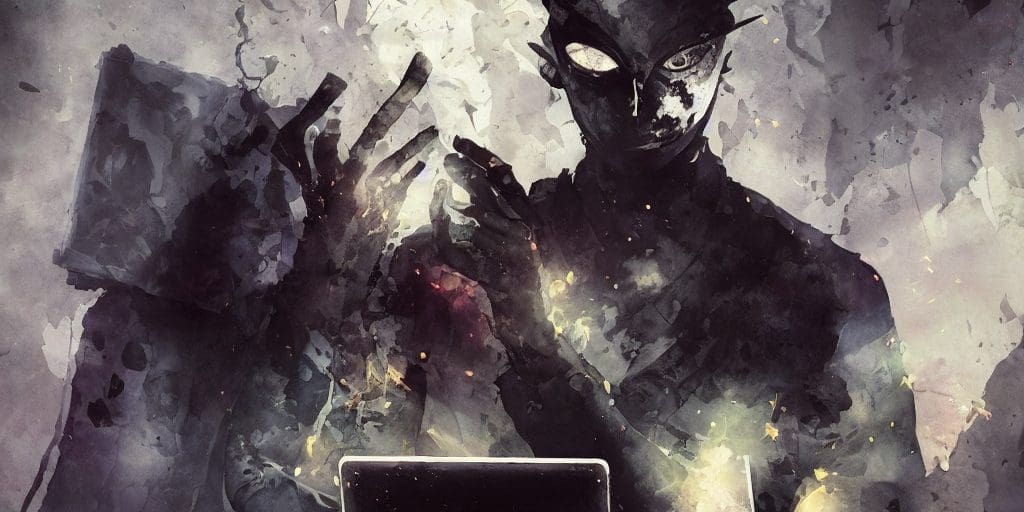
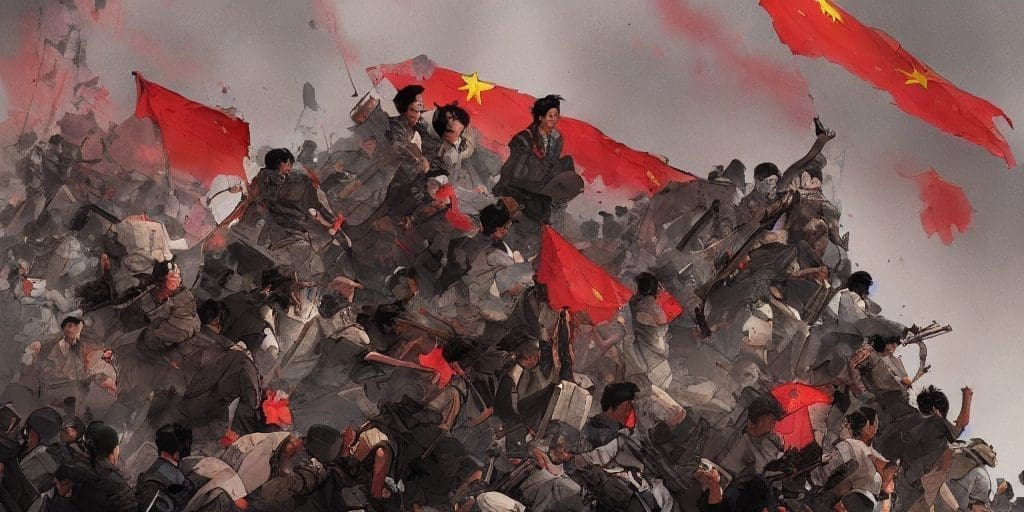



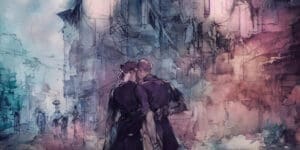
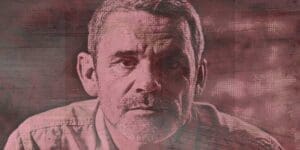


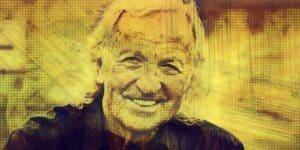


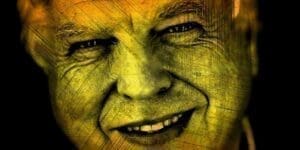

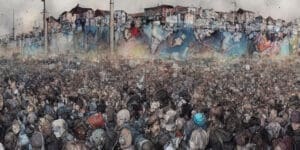




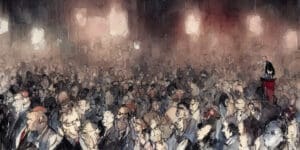

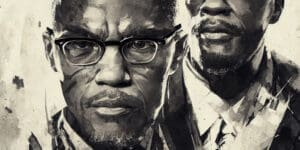

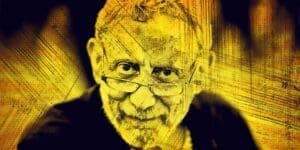
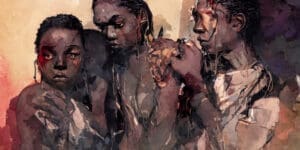

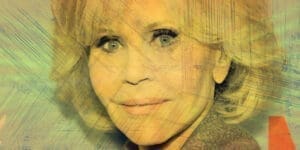
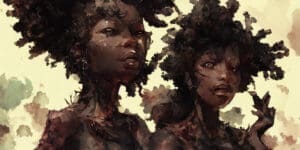
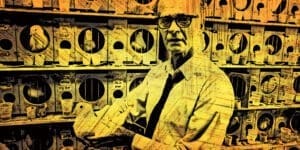


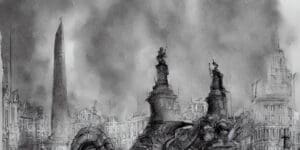

What do you think?